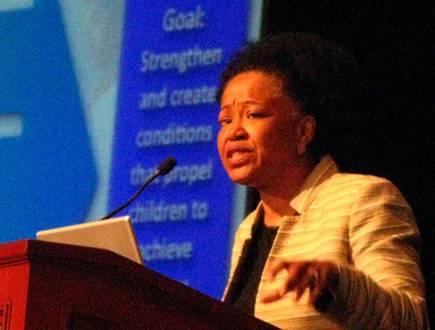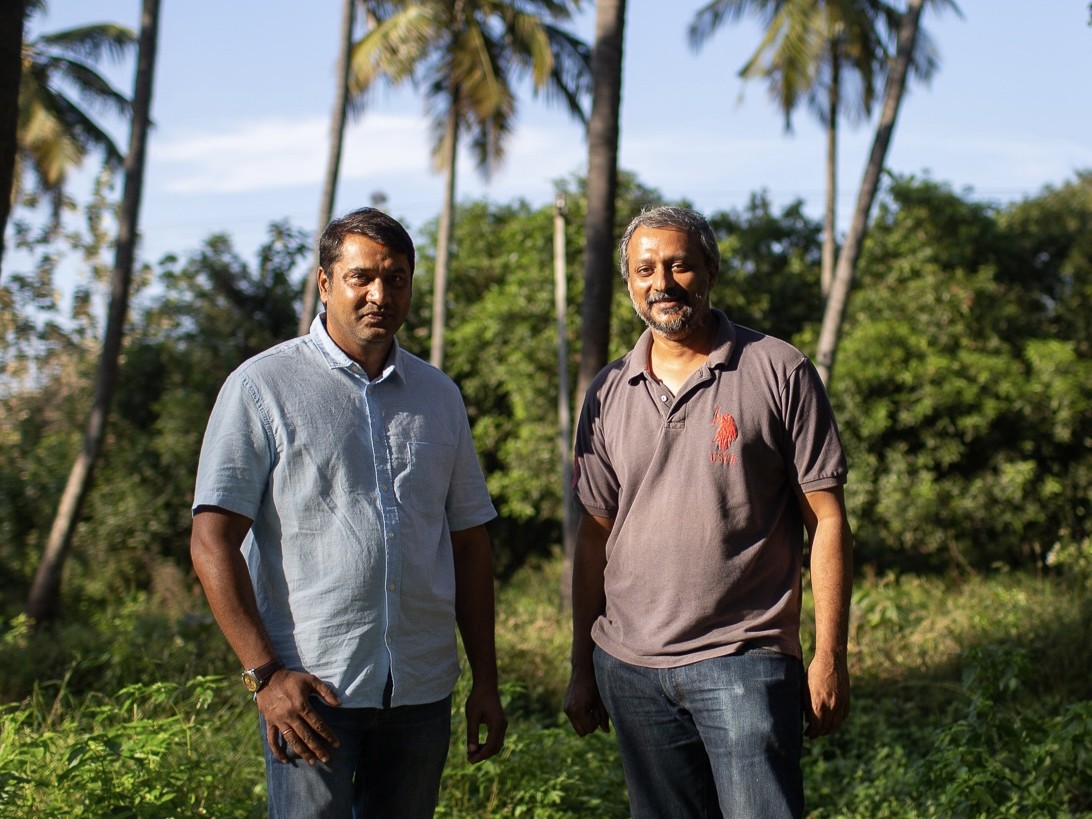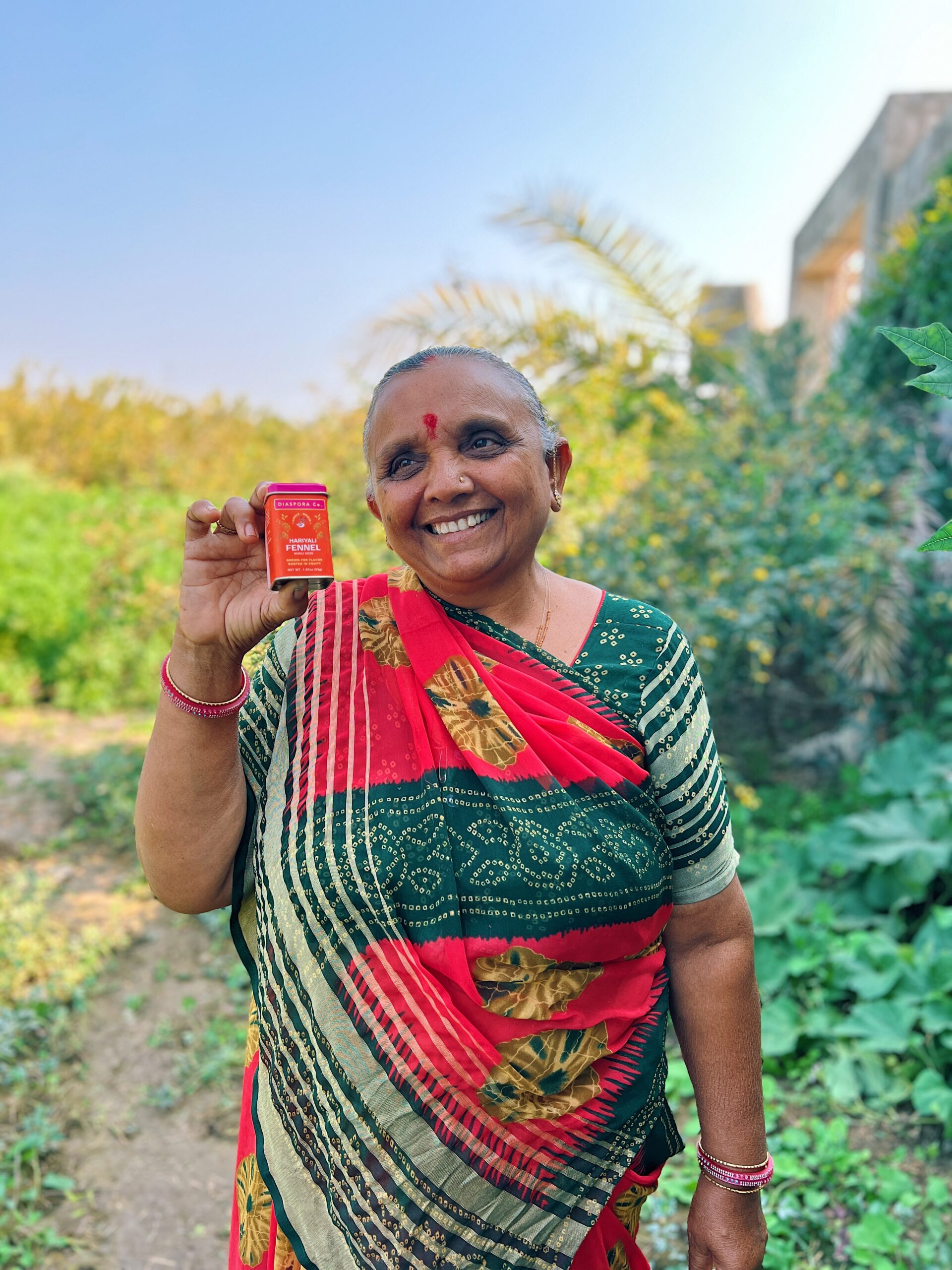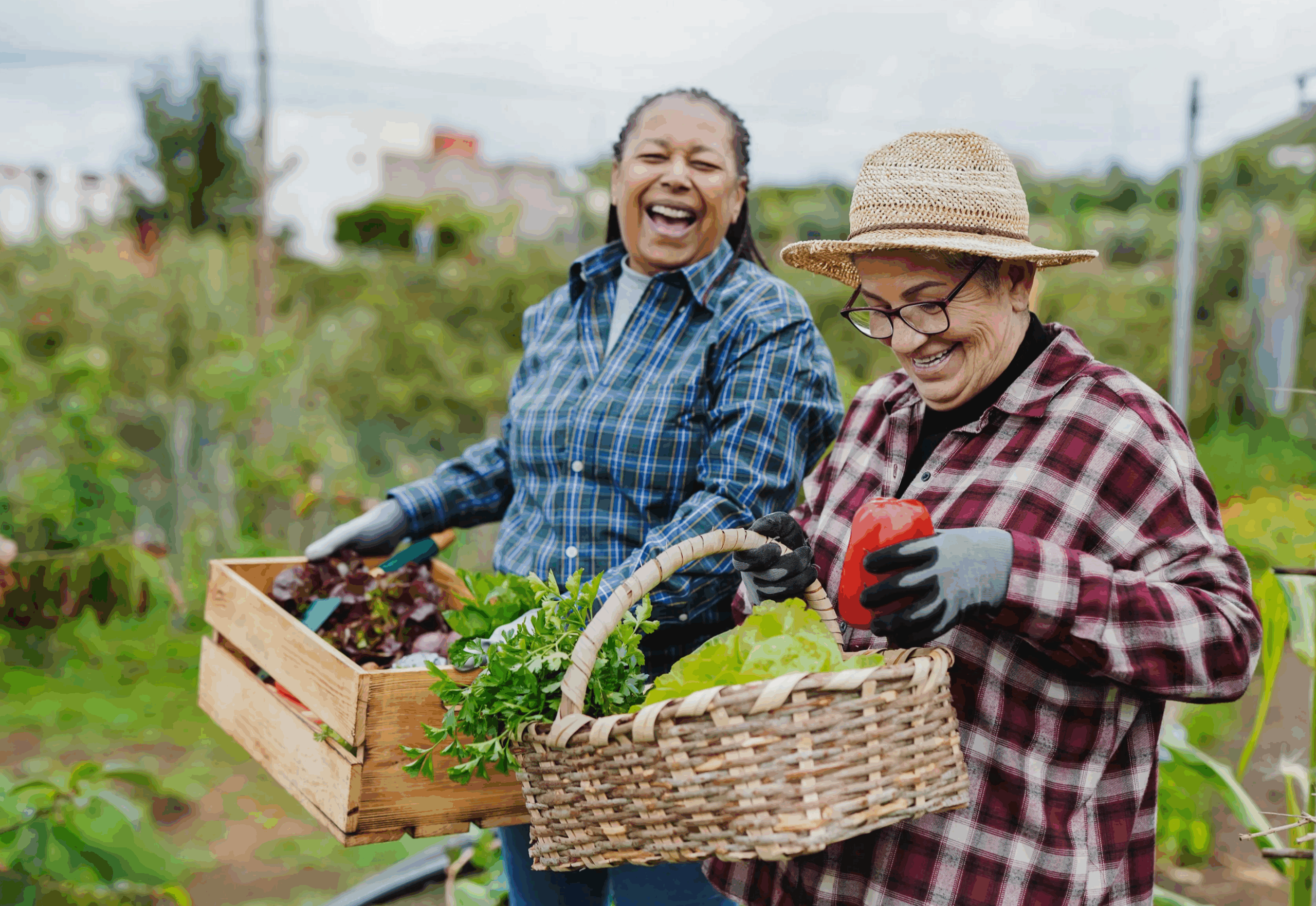At a meeting designed to encourage more collaboration amongst nonprofits in West Marin, where I live, a panelist called for more diversity at such events. “Look around,” he said, “everyone in this room is white.” A familiar ire rose up in me, and I couldn’t help but blurt out, “Not ALL of us are white,” to which the panelist (the Executive Director of a well-respected nonprofit organization) responded, “oh, but you could pass.”
I attend a lot of meetings and conferences, and yet I still haven’t figured out an appropriate response to The Question that someone behind a microphone, in a break-out session, or behind me in a buffet line will inevitably ask, though perhaps not in these exact words: “Why aren’t there more people of color in the room?” I have my own analysis of the structural, cultural, and historical reasons, and I appreciate the intention behind the asking… AND, as the incident above illustrates, I always have an immediate, angry response, one that seems to completely bypass all rational parts of my brain: “Don’t I count? Don’t the rest of the people of color in the room count?”
When I keep digging into that particular incident, I suspect that the issue wasn’t just about race, but also of class. Ultimately, I know that this colleague of mine who told me I could pass as white most likely didn’t mean to deny my Chinese heritage (or at least, the Chinese half of my heritage); he was likely lumping an upper-middle class identity into what he was referring to as “white.” If he meant to point out that I did not, in that room, represent diversity of wealth, access, or privilege, then he had a point.
I most recently experienced a version of The Question during the W. K. Kellogg Foundation’s Food & Society 2009: A Gathering for Good Food. When someone declared (based on her assessment of who came to this invitation-only event?) that we need more people of color working in sustainable agriculture, my usual knee-jerk response was tempered by surprise. Compared to most conferences and meetings I attend, this one seemed amazingly diverse, as measured by the color, class, age (the youngest attendee was 14, and the oldest 70!), and roles each held within the food system, including nonprofit staff, funders, farm workers, people from food-related businesses, students, civil servants, and more.

Plus, I was still reeling – in a good way – from an earlier announcement that the W. K. Kellogg Foundation is striving to become an anti-racist organization that promotes racial equity. Even without knowing what exactly this will mean for the foundation’s future activities, and even if it’s beyond frustrating that we still live in a world where an announcement like this is necessary, this announcement shows it’s never too late to take a necessary step. I was in a mood to celebrate!
Of course my experience was uniquely my own, and now I wish I had engaged this person in conversation to learn more of the back story behind her comment. Weeks later, the list of questions I would ask her is still growing:
- Why do you want more people of color in the room, literally or figuratively?
- Does this also have to do with class?
- How is this work connected to the needs of the people who are absent?
- Is the style of this work, and the language you are using, inclusive of such communities?
- What are you actively doing to encourage more diverse participation?
Later in the conference, Neelam Sharma, Program Director of Community Services Unlimited challenged the audience with a comment that prompted a growing list of questions for myself, and for our work at RSF: “We may have equal access to a system,” she said, “but it’s not EQUITABLE if we have unequal abilities and access to the tools required to meet requirements of the system.”
We know this conundrum all too well in the Lending Department at RSF. We frequently hear from entrepreneurs seeking loans for very high-impact projects that don’t meet our core lending criteria, whether because the projects are too young, they have insufficient collateral, or there just isn’t a clear plan in place that would allow the project to pay back the principal and interest of a loan. Yes, we offer equal access to our lending programs. But maybe the reason that we can’t find more eligible borrowers in rural communities, communities of color, or other underserved communities is because those communities have historically had less access to the education, technical assistance, and support services allowing them to grow their projects to the point that they can meet the requirements of our system.
What is RSF’s role in increasing equitable access to our own services, and to financial systems as a whole? In future posts here on the Reimagine Money blog, I’ll share more about what we are already doing to address issues of money, race and class within our community of investors, borrowers, donors, grantees, and other partners. I’ll also offer some insights into the hard questions we ask and conversations we’ve had as we go about our work using the tools of finance to promote social and spiritual renewal. In the meantime, I’d love to hear your comments about various steps you’ve taken in your own lives or workplaces.
Meanwhile, I’ll be thinking about how I personally would answer the same questions I wanted to ask my colleague at the Food & Society Conference. How would you?
Elizabeth Ü is the Manager of Strategic Development at RSF Social Finance.


